What Is Google My Business, and How Do I Use it?
Matt Brady#Digital Marketing, #Inbound Marketing, #SEO

Learn how the new Google My Business page allows you to manage your company's information in Google.
All eyes are always on Google for any changes in the way companies get found online, and that’s especially true for small, local businesses, who need to use every advantage they can to succeed. Luckily, the process of managing a company’s information on Google just got easier with the release of Google My Business, which combines the tools Google had previously provided through Google Places, Google Maps, and Google+ Local into one place, allowing companies to easily keep the information about their business up to date on Google.
What Does This Mean For Me?
If you had previously set up a page for your company on Google Places or Google+, you have been automatically upgraded to Google My Business, and you can skip to the “Managing Your Profile” section below. If you haven’t yet done so, you can create a page for your company and enter your information by clicking the “Get on Google” button on the Google My Business page.
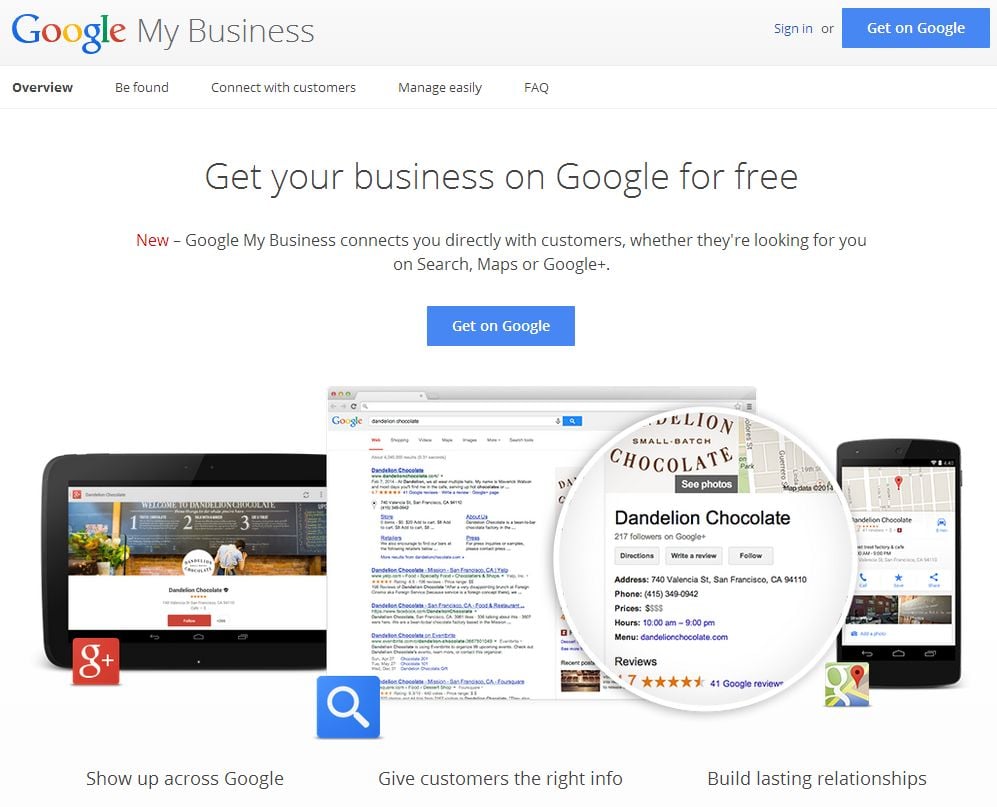
You will be taken to a map screen where you can enter your company’s name or address and choose from the results that are already found in Google. For instance, when searching for “Diagram”, the following results are displayed, allowing us to easily choose our own location in Aurora, Illinois:
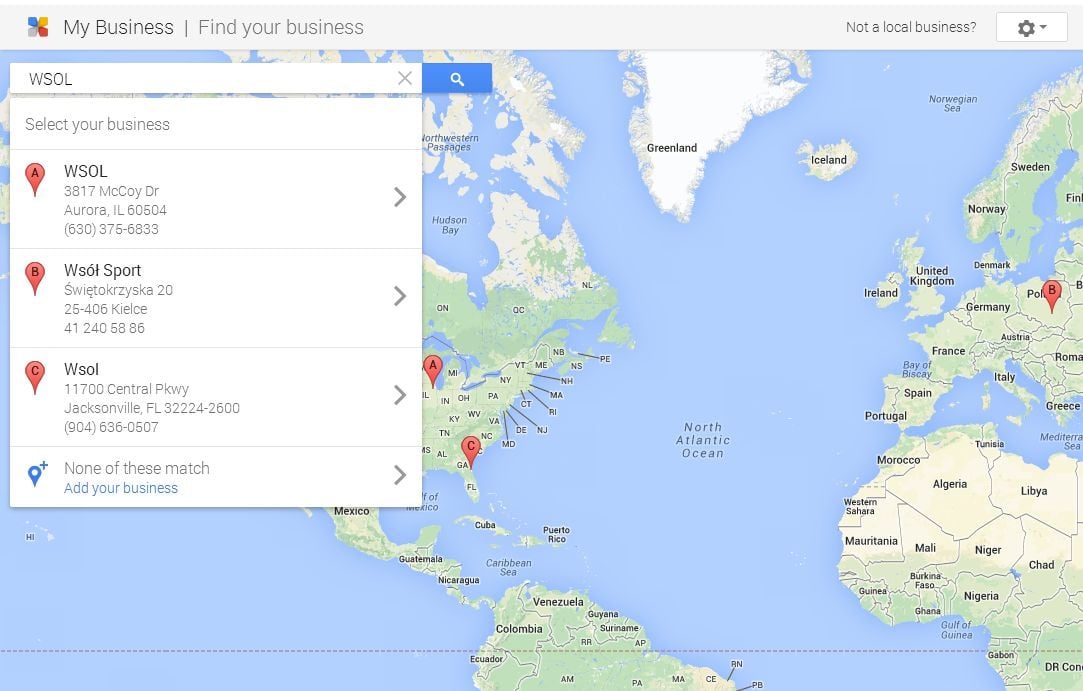
If you’re entering a new business that isn’t currently included in Google’s records, you can click the last option on the list: “None of these match. Add your business.” You will then be given a form to fill out with your company’s name, address, phone number, category, etc.:
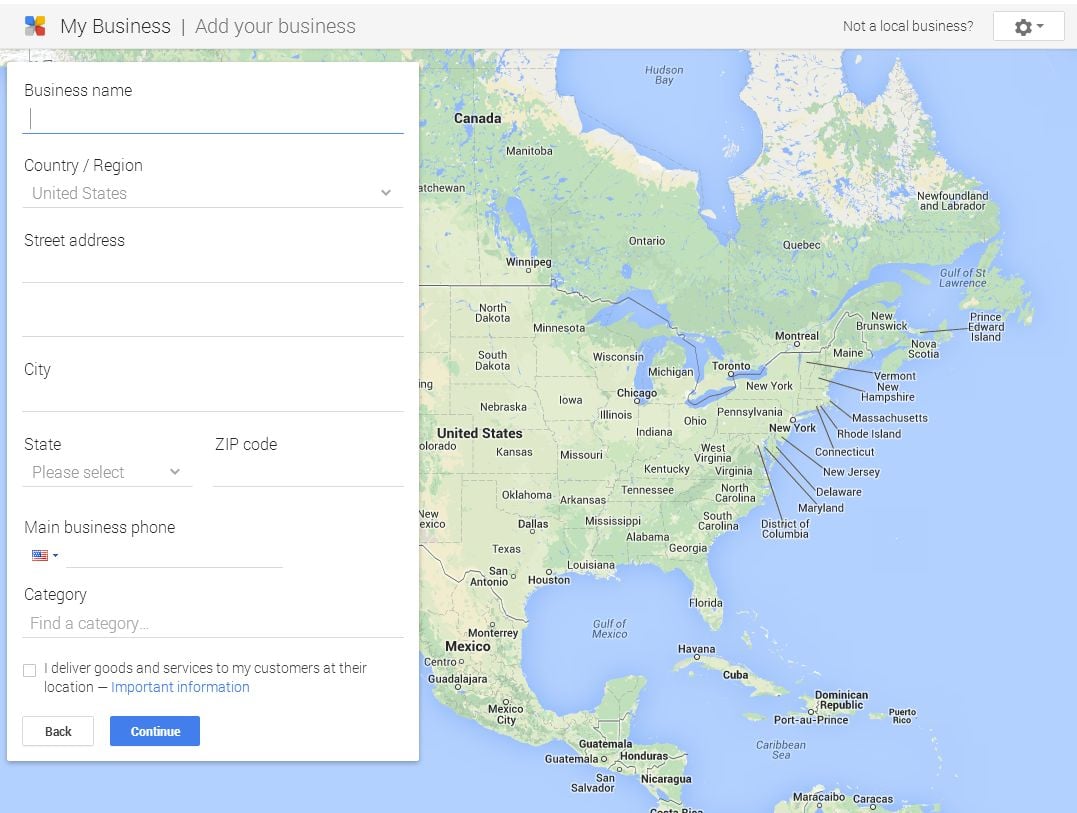
Alternately, you can click the Options button in the upper right corner of the screen and choose “Create New Page” or click “Not a local business?” to be taken to a page where you can choose your business type and create a page for a brand or product:
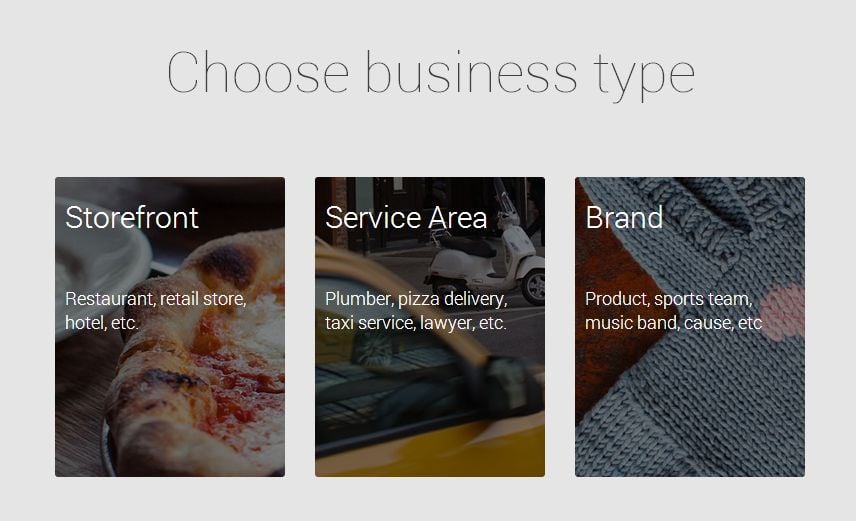
If you are adding a new business name or address into Google, you will need to complete a verification step, in which Google will send a postcard with a verification code to your address. Entering this code will allow you to verify that you are authorized to manage this business on Google.
Managing Your Profile
After creating or claiming your business, you will be able to access the profile page for your business, which will appear similar to the following example:
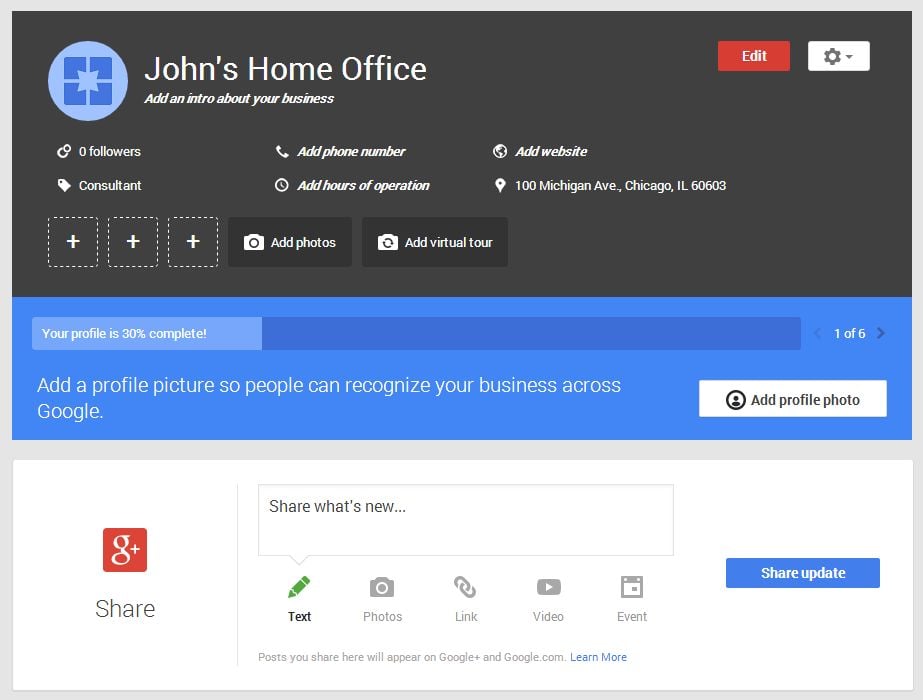
You can also access your profile page any time after logging into Google+ by selecting “Profile” from the menu in the upper right corner of the screen:
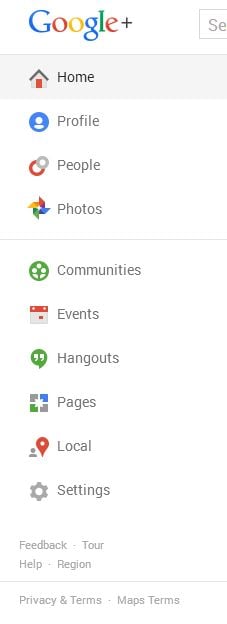
You’ll want to make sure to keep your profile updated, adding all the relevant information about your company, including contact information like your address and phone number, hours of operation, your company’s website, and an intro which describes your company, as well as a profile photo which everyone will see when accessing your company’s Google+ page and some photos which showcase your business. From this profile page, you can also make updates to your Google+ page, view insights (statistics) about who is interacting with you on Google+, and read reviews that people have left on Google or on other review sites.
Making sure your Google My Business profile is set up is an important part of local SEO. It ensures that Google has the correct information about your business in their database, which will allow people to find you when they are searching for your products or services. The images you upload to your profile can also help your business get found in Google Carousel search results, and it’s always a good idea to engage your customers using Google+ and other social media channels. Maintaining your Google profile is only one part of a robust inbound marketing strategy, but it’s a fundamental step to take. Do you have any questions for us about how to make sure your profile is optimized, or what steps you should take next? Please contact us to speak with a marketing consultant, or feel free to leave any questions or tips of your own in the comments below.
Related Posts
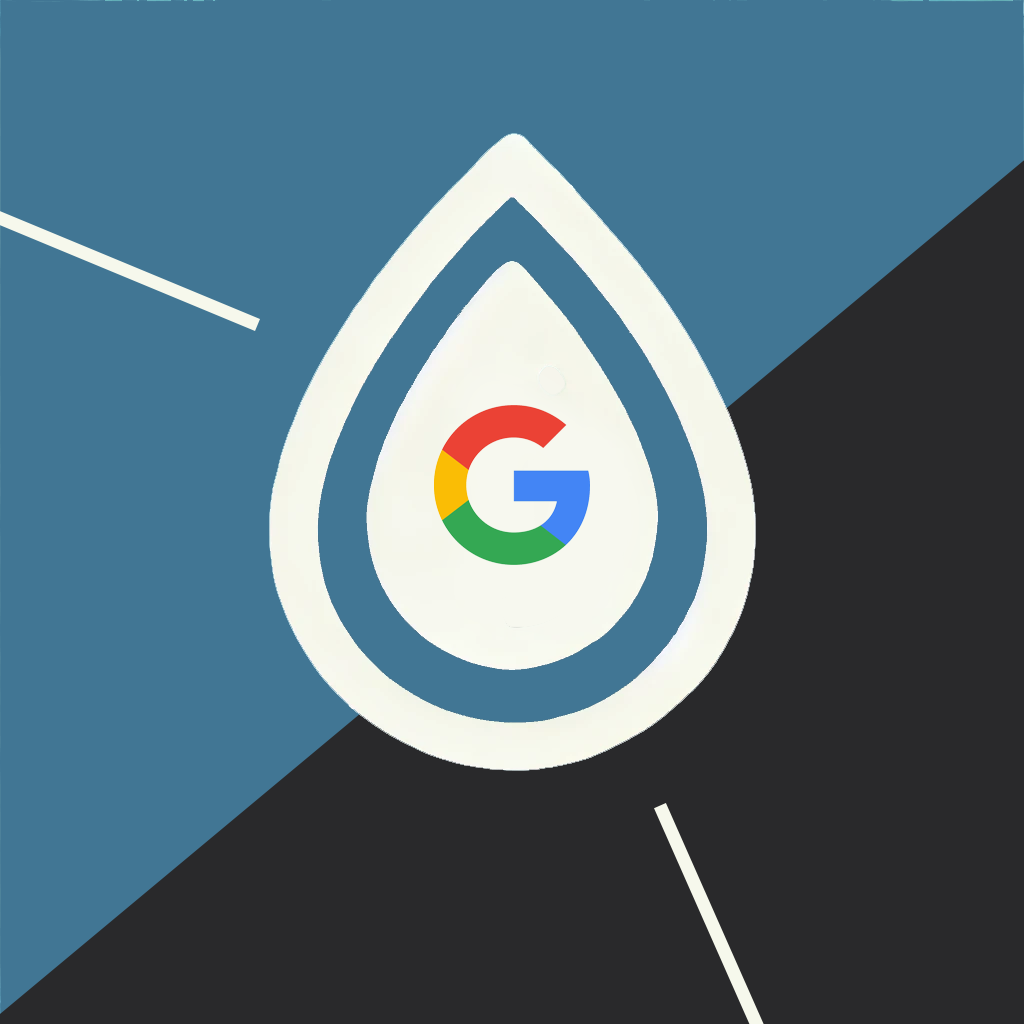
The Google Leak and Creating Content That Doesn't Suck
This year's leak of Google's internal SEO documents underscored the need for web content that doesn't suck. But here's what else we learned...
The Continuing Rise of Zero-Click Search (and What You Can Do About It)
In a zero-click internet search environment, your website needs to be fully-optimized for every organic click - here's what you need to do..
Results Matter.
We design creative digital solutions that grow your business, strengthen your brand and engage your audience. Our team blends creativity with insights, analytics and technology to deliver beauty, function, accessibility and most of all, ROI. Do you have a project you want to discuss?
Like what you read?
Subscribe to our blog "Diagram Views" for the latest trends in web design, inbound marketing and mobile strategy.
